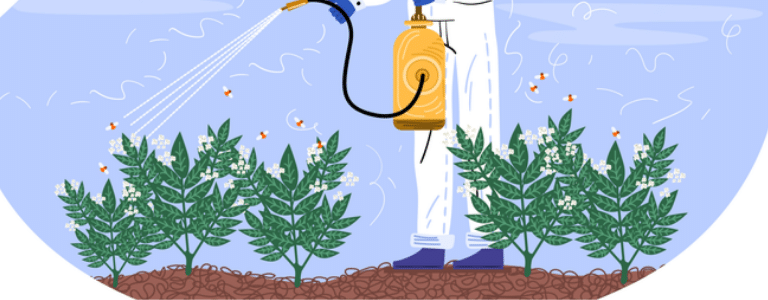All board members have the same goal: to financially strengthen their association. Having the right insurance is a large part of managing a financially strong association.
Having insurance is good but making sure you thoroughly understand the insurance contracts is crucial. That’s because having insurance isn’t helpful if it doesn’t provide adequate coverage for your HOA’s needs.
Here at Blue Lime, we know that figuring out if your insurance contracts provide adequate coverage is difficult. Deciding if your vendors also have adequate coverage is even more difficult.
In this case study, we’ll introduce an HOA who had uninsured pesticide dangers. We’ll discuss step by step how you can reduce your risk regarding environmental liabilities.
An HOA at Risk
The HOA in question had exposed their community to chemicals via their landscaping vendor and hadn’t fully understood all elements of their insurance policy contract at the time of signing. One of the biggest risks associated with these types of vendors is the use of chemicals as pesticides and herbicides. While the dangers of these products for humans is well known, danger also exists for owners’ pets, especially dogs, so it’s important to realize that a potential claim may not be for dangers posed to humans.
The Problem
HOAs, like the one above, cannot understand the risks associated with a potential decision until the board (or its acting agent) has read all the contracts relative to the potential risk in question. It’s important to remember that contracts regarding HOAs and lawn maintenance vendors can be fraught with unexpected potential risk.
Even if you feel sure you understand the contracts, many board members may not be familiar with the chemical quality and quantity that your vendor is applying to your community. Knowing the efficacy of many of these chemical agents may require reviewing material safety data sheets, which adds to the uncertainty.
However, the biggest risk associated with these unknowns is a potential insurance coverage gap. (If you don’t know that there is risk, you can’t select the proper insurance.)
The HOA in this case study did not have any environmental liability coverage. They did have some pollution liability protection, but it was in the form of an endorsement and only covered certain circumstances, i.e., if the landscaping vendor met “all standards of any statute, ordinance, regulation, or licensed requirement of any federal, state or local government which apply to those operations.”
In other words, if the contractor is not following proper safety protocol and is not applying the product correctly, then the endorsement will not take effect.
In our case study, the HOA’s landscaping vendor’s employees were engaging in reckless behavior while on premises. They were also applying the product incorrectly.
The Solution
The HOA asked for the staff to be retrained, particularly on the reapplication of the pesticide, and it appeared that little or no training took place. Never be afraid to take steps to ensure that your vendors are following proper safety procedures. You can always ask for a retraining to occur!
The HOA was added as an additional insured on the vendor’s insurance, however it’s important to verify if you are contractually allowed to file a cross claim. Asking for an additional layer of protection is wise, and, generally speaking, we always recommend expecting your vendor to add you as an additional insured.
The HOA also asked for insurance quotes (at various limits) to cover their environmental liability. This was the most important step they followed, as environmental claims are costly and can easily bankrupt an HOA. It can also affect board members personally: if a claim asserts that the board breached their duty and did not act responsibly, board members can be held legally liable.
Even if a product provides disclaimers or an acknowledgement of its safety, it is still possible for someone to file a claim against the HOA for that product’s use. Since case law is replete with examples of claims against parties for using all types of products, it is likely that many HOAs are in need of optimizing their environmental liability situation.





